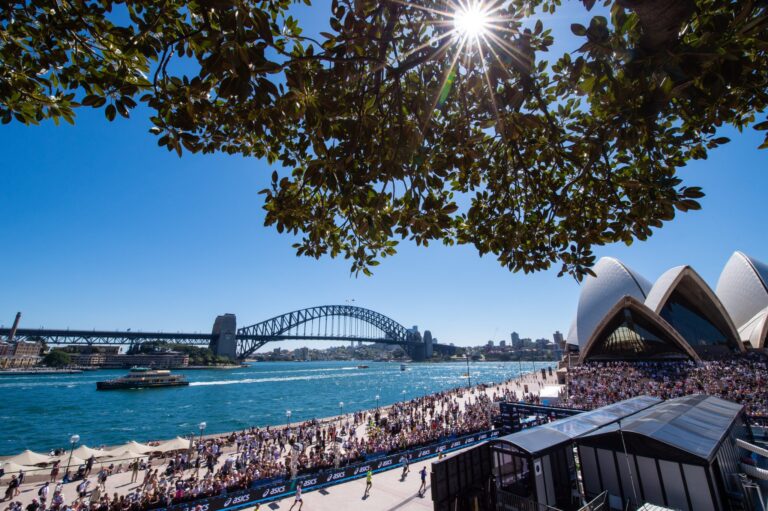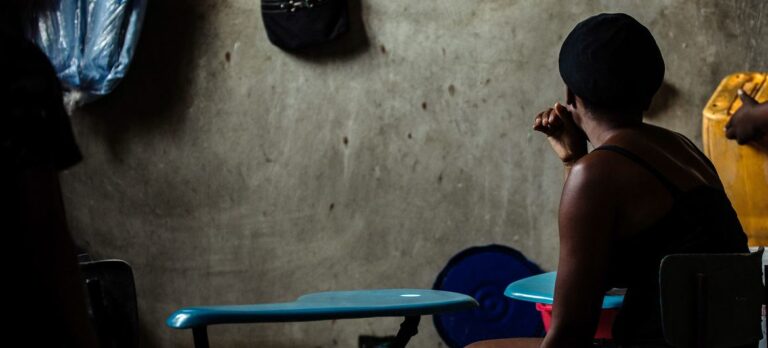Decoding Highway: The Genius of Imtiaz Ali
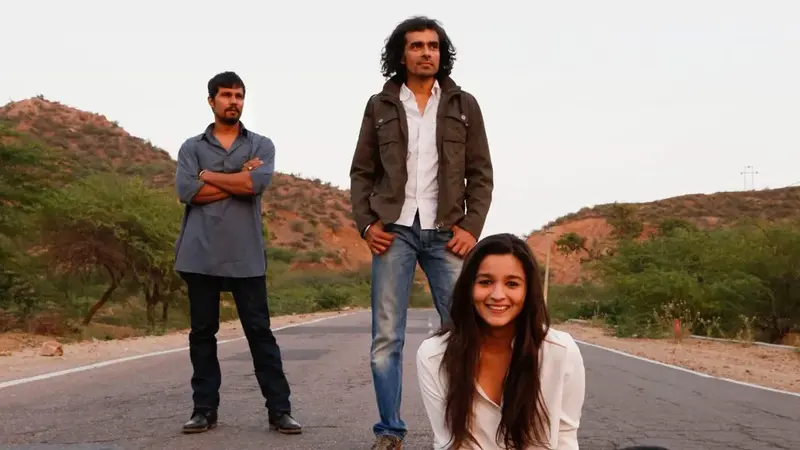
Theatres are bound to be filled when Imtiaz Ali has a new movie. From Tamasha to Amar Singh Chamkila to Laila Majnu to Highway, director Imtiaz Ali has Bollywood wrapped around his palm. He delivers cinematic masterpieces that are gut-wrenching and delves deep into the human psyche. He never fails to capture the nature of human beings as they are, raw and real. Whether it’s giving his characters immense depth or focusing on the little details that make a movie impactful, his films have it all.
Exposition
Exposition refers to the beginning of the movie, where the central conflict and characters are introduced.
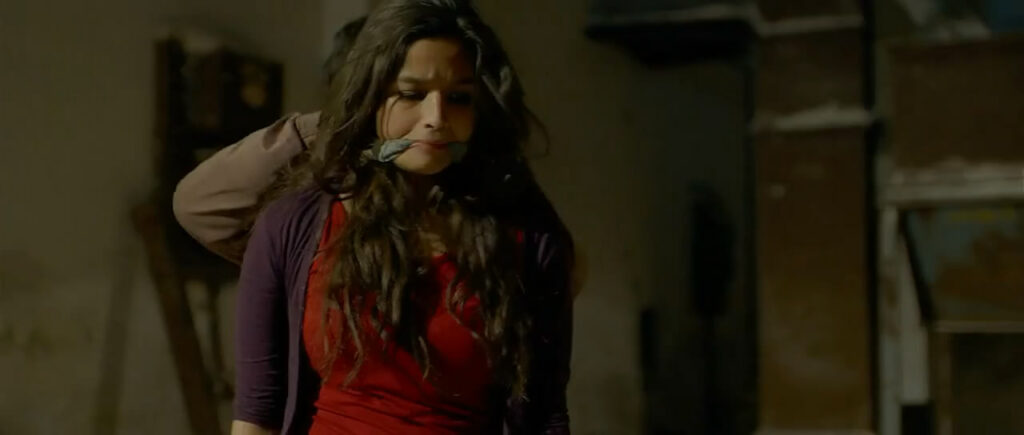
In Highway, we are introduced to our protagonist, Veera Tripathi (Alia Bhatt), who is engaged to be married. Despite her privileged life, she feels suffocated and always finds ways to escape. She’s trapped in luxury but longs for freedom. Soon after, she is kidnapped by a rough, angry but not entirely heartless man—Mahabir Bhati (Randeep Hooda).
In the first three minutes of the film, we see wide shots of different landscapes from inside a truck. This constant movement from one place to another symbolizes the ever-changing nature of life, setting the main theme of the movie.
Rising Action
This is where the story begins to build, the conflict deepens, and characters evolve.

Veera embarks on a life-changing journey, exploring herself through nature and forming an unlikely bond with her kidnapper. In one beautiful scene, she walks barefoot on rugged terrain. Despite the pain, she smiles like a child. This moment symbolizes her choice of “real” discomfort over “fake” privilege that she has had all her life. It is her emotional awakening.
Another powerful moment is when she gently touches a stone wall in a remote village, silently connecting with something raw and human, something her urban life never offered. This scene unfolds without dialogue or dramatic music, enhancing their emotional weight.
Mahabir, too, begins to change too. As he watches, he discovers new realties, quietly, without judgment. In the Rising action both characters are given the space to grow.
Climax
The emotional and narrative peak of the story.
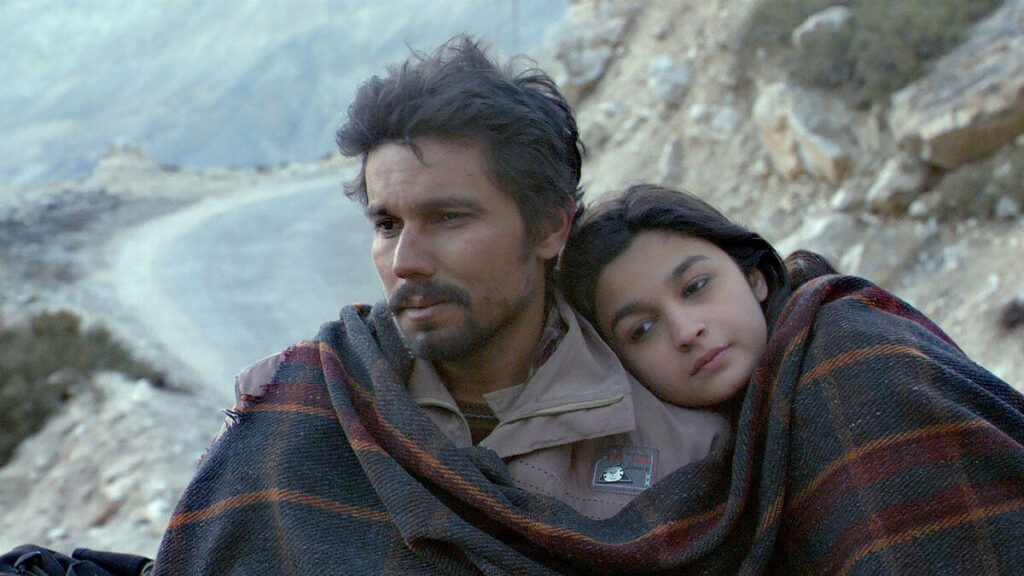
The duo reaches a remote cottage in the mountains. Veera, calm and peaceful, tells Mahabir she wants to stay there forever. She says, “Yahan sab theek hai.”
At this point, both characters experience true freedom. When Veera gets access to a phone, she chooses not to call for help. This moment is crucial. As a girl who was once desperate to escape and run away from everything is now choosing to stay.
In the hills, Veera delivers a raw monologue revealing past abuse. Mahabir again listens silently, without interrupting or judging. The emotional vulnerability of this scene hits hard, making it the film’s most powerful moment.
Falling Action
Events that follow the climax, showing the emotional consequences.
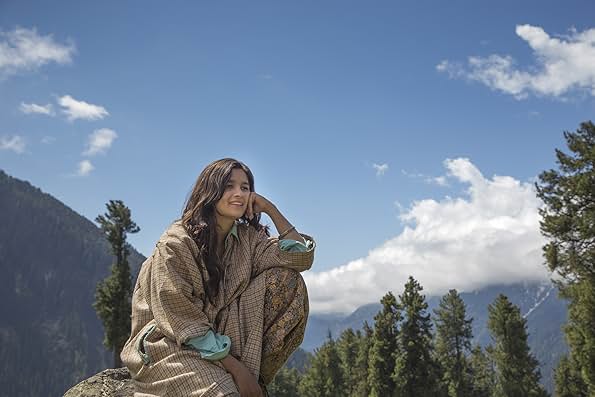
After the peace of the hills, Mahabir is shown silently crying by the fire. There’s no background score, just him and his unraveling emotions. It’s raw, intense, and incredibly human.
Soon after, Mahabir is shot. Veera is devastated and doesn’t allow anyone to touch him. He had become her safe space, her peace. And she held onto her peace, threatening anyone who dares to touch it. She even refuses to believe he’s dead. The scene reflects her fight to protect her peace, so much so that she has to be sedated to calm down.
This deeply emotional fall is what makes Imtiaz Ali’s characters feel so heartbreakingly real.
Resolution
This is the ending where the central conflict resolves, and characters are transformed.
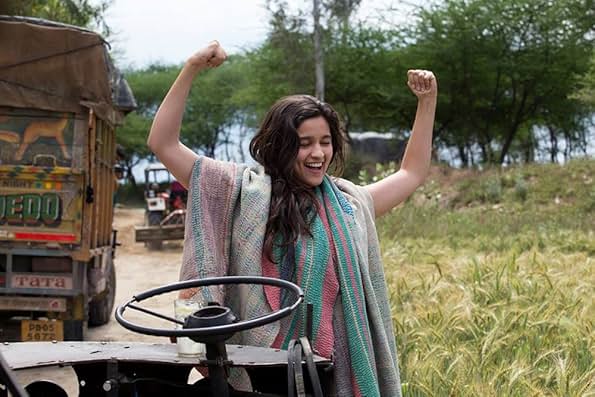
Veera confronts her family about her past abuse. Carrying Mahabir’s memory with her, she begins a new life on her own terms. She rents a small cottage in the hills, echoing the home she shared with Mahabir. It’s not a grand ending, it’s a small, earned peace.
Main Motif – The Sky
Throughout the film, the changing sky acts as a visual motif that mirrors Veera’s emotional journey.
- Exposition: The sky is shown rarely, and when it is, it’s in urban settings, suffocated and constrained just like Veera’s life.
- Rising Action: As the characters evolve, the sky opens up. Dawn light begins to appear, signaling new beginnings.
- Climax: The sky is clear, vast, and sunlit during Veera’s monologue, a reflection of both characters being emotionally free.
- Falling Action: During Mahabir’s breakdown, the twilight sky looms, melancholic and foreboding, hinting at the end of their journey.
- Resolution: After Mahabir’s death, the sky is bright and clear. Veera is finally free, emotionally and physically, ready to live on her own terms.
Imtiaz Ali’s movies don’t just offer a good time, they take you on a psychological dive into your own mind and heart. That’s what makes him a true genius, and his work more art than just movies!
Stay tuned for more such articles only at The World Times!


